Search
Hotel Name
Location
Rethymnon Hotels, Rethymnon Crete Island Hotel Directory

Hotel Name
Location
GreekHotels > Crete
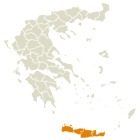
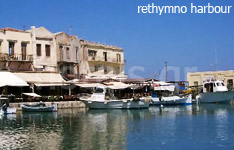

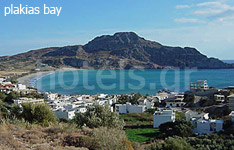
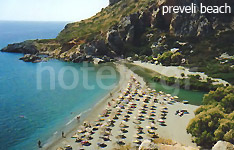
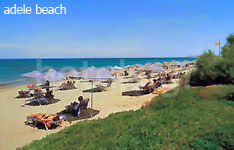
Information About Rethymnon Archaeological Sites
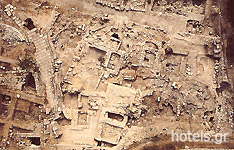
The ancient town of Eleftherna is located at an altitude of 380 m on the northern slopes of Psilotitis 30 km south of Rethymnon. According to folklore its name derives from Eleftherea, one of the Kourites, or from the surname of Dimitris Elefthous.
During excavations in 1929 and 1985 relics were found dating from the Geometric to the first Byzantium periods with evidence of use in the pre and early Minoan times.
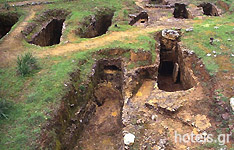
The formation of this cemetery shows an organised design with carved tombs and roads with the exception of tomb 200, which is vaulted. The tombs were marked with rocks, some built in pyramids others flattened. They were family tombs with many remains in sarcophagi. Digs discovered ceramics, weapons, tools and jewellery revealing information about their art, religion and community of the age.
In 1969, two urns were handed in to Rethymnon Archaeological Museums by two students who had found them in Prinokefalo. Later excavations revealed that there was a larger cemetery of the late Minoan period; to date 220 tombs have been found.
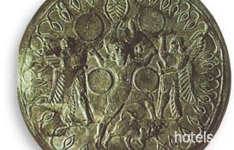
The Voskopoulas Cave is located on the Nidas plateau at an altitude of 1,538 m and where Dias or Zeus, the father of the gods was born. His mother, Rhea, hid her new born son in the cave to save him from his father, Chronos, who devoured his children because he was afraid that one of them would usurp his power. Hidden in the cave he was fed milk by the goat Amalthea and when he cried the Kourites thumped their copper shields to disguise his crying sounds. The combination of legend and fact made this cave and Ideon Andron important religious sites in ancient, Minoan and Roman times.
Excavations started in 1885 by Federico Halbherr revealed the sacredness of the cave.
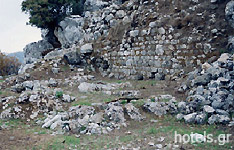
The village of Axos is on the site of the ancient town of Oaxos, an important town of ancient Crete that existed from the late Minoan period to after the Roman times. Excavations that began in 1899 have found the ruins of the temple of Aphrodite, the governor 's office, graves, Minoan shells, clay urns, drawings and many figurines of a naked woman regarded as the goddess of reproduction. A portion of its wall was found located on higher slopes above the village. The excavations also found ruins dating back to the classical Hellenic period on which other buildings were later erected, mainly Byzantium churches.
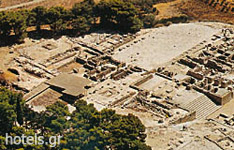
The village of Monastiraki is located in the valley of Amariou 38 km from Rethymnon, where a group of buildings have been discovered dating back to about 2000 BC. The ruins witnessed a major catastrophe possibly an earthquake or fire around 1700 BC. The building complex consists of storage rooms, areas of worship and two administrative rooms where many clay seals were found indicating that this was the seat of local power.
The excavations were commenced by the German Archaeological Institute during WWII and from 1980 continued by the University of Crete.
The ancient town of Lappa has been found during excavations in and around the village of Argyroupoli. Ancient Lappa has been dated to the Geometric and Roman times. It was destroyed in 68 BC and a better town was rebuilt in 31 BC, which had hot springs and its own coinage. In recent years there have been discoveries of a cemetery of Roman times at the site of the Five Vestal Virgins. Finds include two marble statues and a copper figurine.

Exact, partial, brief, paraphrased or adapted reproduction or republication of the contents and design of this website by any means
mechanical, electronic, photocopied or otherwise without previous authorisation from the legal owner is strictly forbidden.
Copyright © 1994 - 2024 www.greekhotels.gr (KAVI CLUB S.A. - Travel Services in Greece)
Find your hotel.
Type the name, select from the list and click go.
Hotels and Apartments in Crete